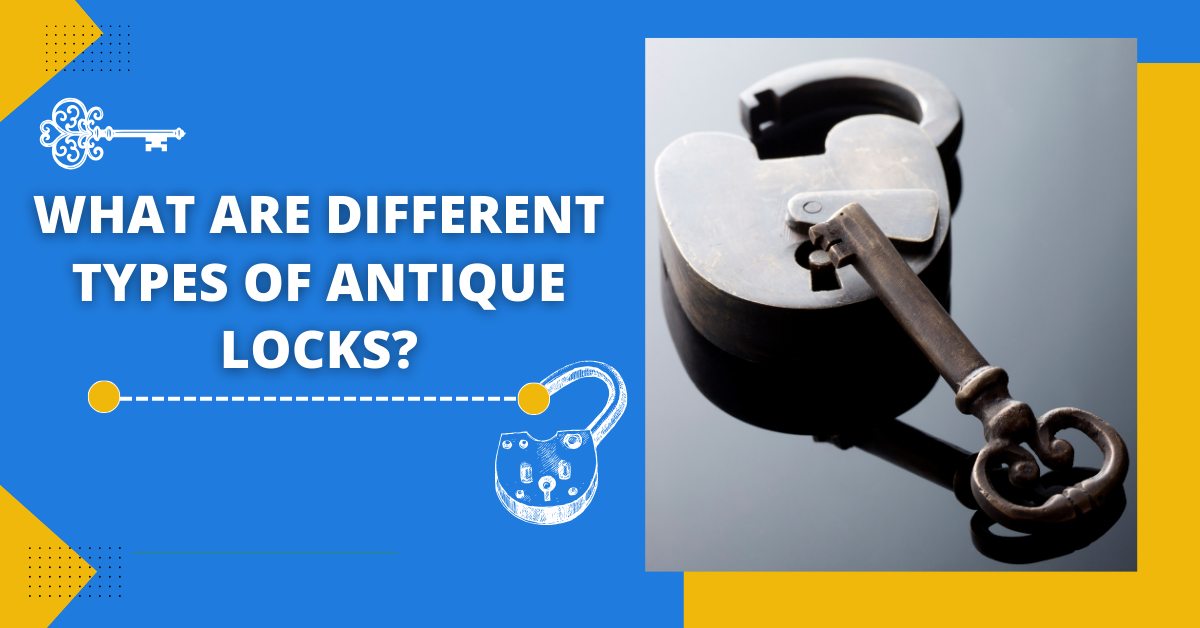There was a time when people hired guards to safeguard their property and valuables. But, with time, everything changed. Many big apartments and villas use the latest technology, but some still have conventional antique locks. To know more about antique locks and antique lock types, read further.
What is an Antique Lock?
People find antique and vintage things very intriguing. In their homes, they proudly exhibit items like clocks, furniture, cabinets, etc. Antique locks are valuable when they are a part of your home drawers or cabinets.
Your home can have a spectacular look with vintage door locks on your contemporary and antique doors. Double protection is all to expect from an antique bronze latch or sliding bolt locks.
Antique-Locks Types
Antique locks come in a wide variety. These can be pin-tumbler, warded, combination, safety, and sliding bolt locks. Here are some details about each type:
Pin Tumbler Locks
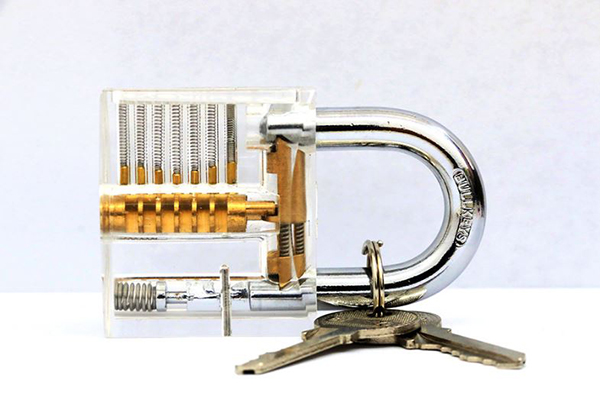
The pin tumbler lock is an ancient lock that dates back to 4000 B.C. This lock was uncovered among the ruins of the Khorsabad Palace. This is where the Assyrian King Sargon II reigned his empire in the Middle East.
Inside the pin tumbler lock, there are pins of varied lengths by which it stops a door from opening. As you insert a key inside, it will force the pins in an upward direction. It makes the wooden bolt slide and unlocks the door.
How Does It Work?
An antique pin tumbler lock will keep your doors locked unless you put the right key. These come with horizontal blades on the key that need to align with the wards in the keyway.
The pins comprising the spring will go upward as you put the right key with the right notch design. The bittings are another feature of this lock. It has varying lengths, and every biting is made to match a particular key pin.
Warded Locks
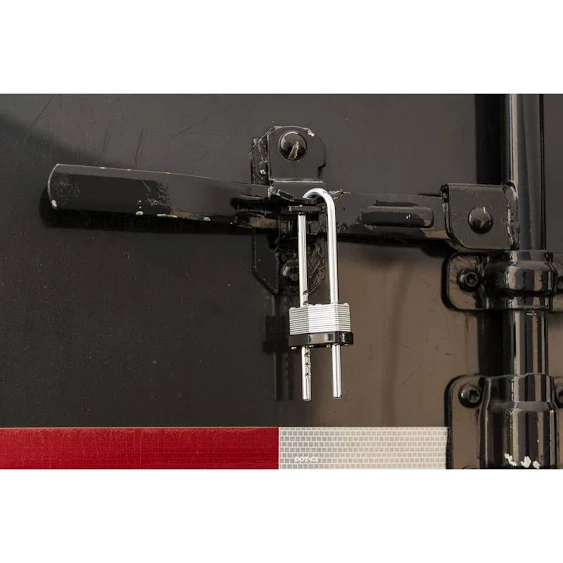
The ancient Chinese, Egyptians, and Romans carried on to enhance the locking apparatus throughout the years. They created metal-warded locks and produced bronze and iron keys. Only a key that fits the internal projections within the lock body can open this ancient lock type.
Since there had been a great advancement in lockmaking skills, the Egyptians included brass pins, and the Romans created tinier versions for locking containers and chests.
English craftsmen also created a few warded locks at the beginning of the Middle Ages. These were quite fascinating as they were made using a set of obstructions, which sometimes formed as circular plates. This kept the apparatus of the lock secure.
How Does It Work?
A warded lock has a set of obstructions. Each obstruction comprises a concentric plate protruding out of it. If the key’s design does not match that lock, it won’t be able to rotate. The lock obstructs the incorrect keys from rotating. Also, it may not be easy to insert a warded lock key if you don’t know the right manner.
Also Read: How to choose the right deadbolt lock types (Explained)
Combination Locks
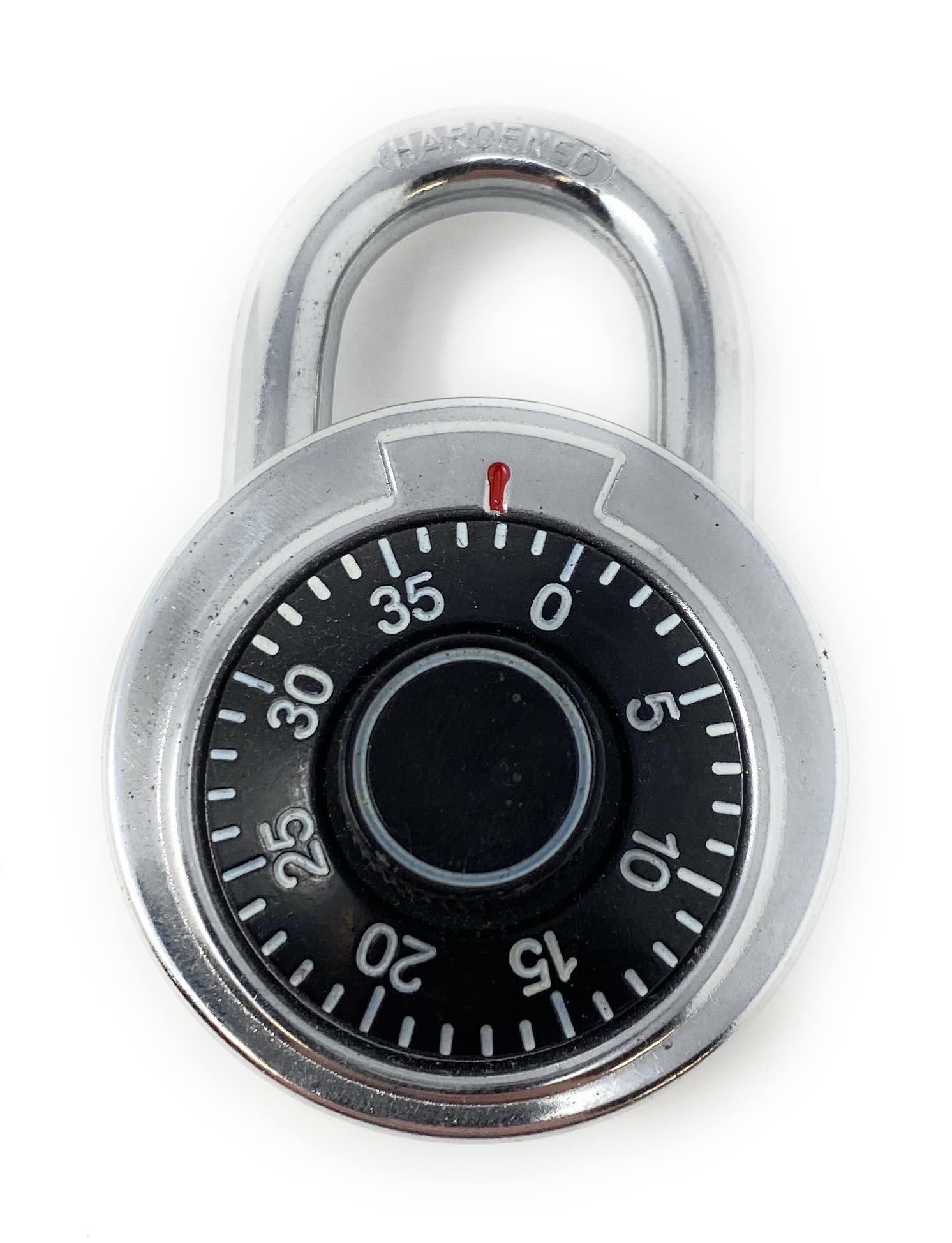
Locks that support codes of numbers, letters, or symbols for unlocking a door have a long history. They were present during the ancient Greek, Roman, and Arab ruins, which date back to about 1000 A.D. However, the same locks came to Europe many centuries later.
Combination locks do not require keys to open. This type of lock can be unlocked by rotating the lock dial left or right to align the disks.
Most combination locks today have a code that lines the discs up when you turn the dial. You may turn it in various directions, like first right, then to left, and lastly right again.
How Does It Work?
A combination lock and a lever mechanism work essentially in the same way. The slots in the tumblers let a fence retract when they are in alignment, which releases the bolt and opens it. You may not need a key to unlock a combination lock. You must dial a precise number combination to get access to the door. Each number should be in alignment with the opening mark in a particular order.
Safety Locks
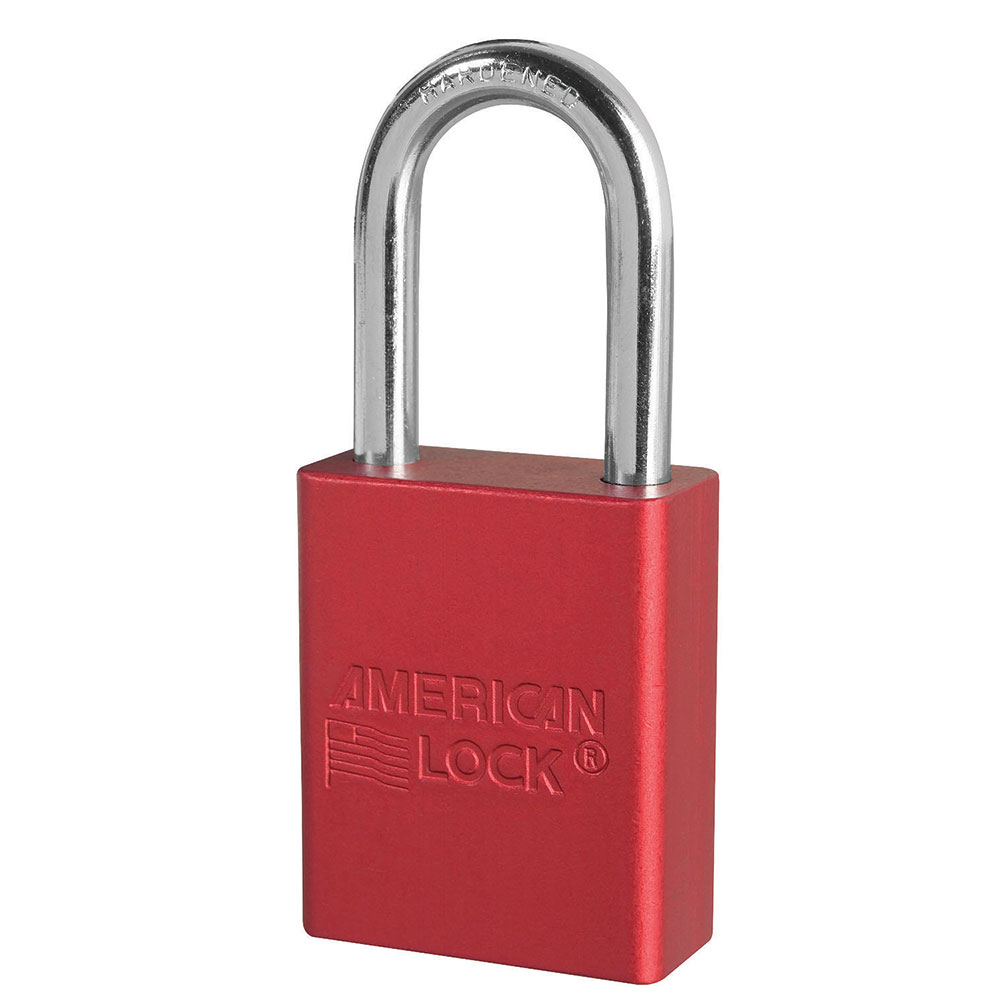
An English locksmith, Joseph Bramah, was the inventor of the safety lock. He designed it using a cylindrical key and keyhole. At the tip of the key, there were an array of notches of varied lengths.
A safety lock is similar to the pin tumbler lock, which can turn and open the bolt. This is when the notches correctly line up the wafers.
How Does It Work?
The safe locks, safe handles, and the safe’s locking bolts are connected through bolt work. When the safety lock is closed, the lock bolt is extended. This restricts the bolt work from moving. To open the door, the locking bolt cannot be pulled by twisting the safe handle.
Sliding Bolt Locks
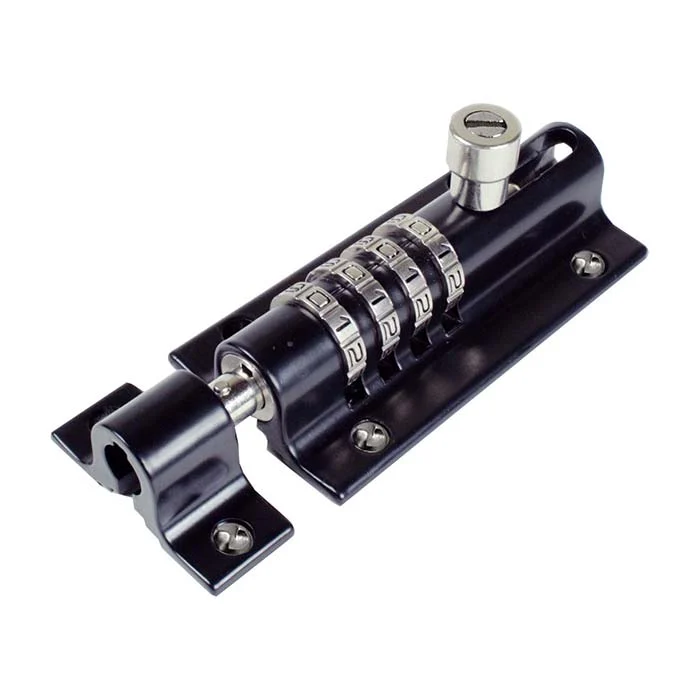
By around 1000 B.C., the Greeks were using sliding bolt locks, which the Romans later developed. A two-notch metal key may fit inside the door and into two holes on a wooden bolt. Someone may unlock the door by sliding the bolt with the key. The sliding bolt lock was a prior precursor to the modern-day deadbolt lock.
How Does It Work?
A typical sliding bolt lock comes with a single wooden bolt. The bolt slides side to side between two holders of iron or wood. This lock is generally placed on the door or wall adjacent to it. It is easy to use; the barrel is fixed to the door, and the bolt is extended or retracted by rotating a key or knob.
Conclusion
Antique locks give a unique impression to your doors and the overall home decor. Some of the most common antique lock types are sliding bolt locks, combination locks, pin-tumbler locks, warded locks, and safety locks. Do you want to install antique locks?
Reach out to Safety Locksmith, a trusted and renowned provider of locksmith services.
We offer varied options from renowned brands like Simplex, Segal, and Kwikset. You can trust us without a hitch as we have an impeccable track record of happy customers. No need to worry about your budget as every product and service is available at affordable rates at our store. To connect, call 212-534-7547 or click here.

